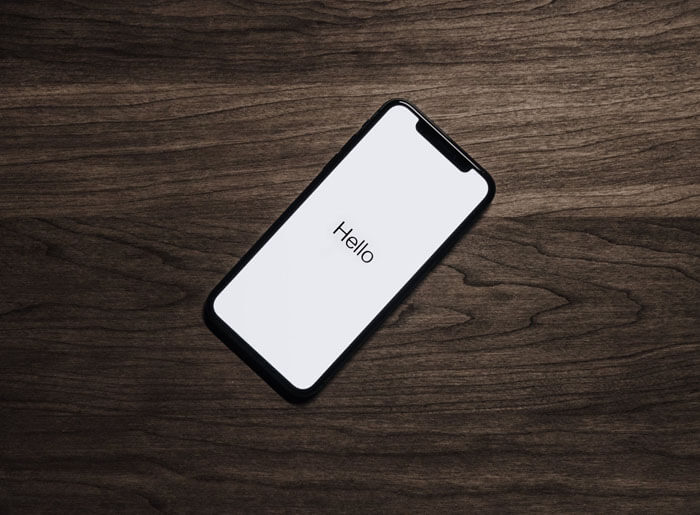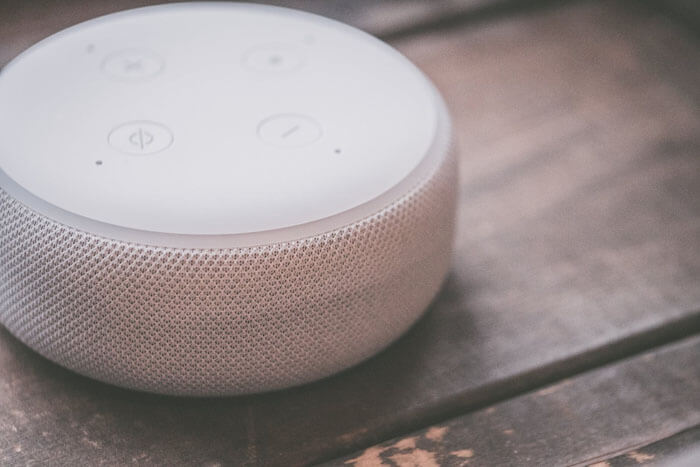What is Conversation Design?
 ClickHelp Teamin Technical Communication on 4/17/2020 — 3 minute read
ClickHelp Teamin Technical Communication on 4/17/2020 — 3 minute read ClickHelp Teamin Technical Communication on 4/17/2020 — 3 minute read
ClickHelp Teamin Technical Communication on 4/17/2020 — 3 minute read

Many technical writers love techy things and technology. This has a lot to do with the fact that numerous techcomm specialists either already have technical skills or are going to acquire them in the work process.
If you love technology and are curious about how things are developed, or even thinking about trying something new, this material will certainly be of interest. We are going to talk about conversation design. A phenomenon that rapidly invaded our lives and our memes.
Having a conversation with a computer was such a popular sci-fi motive that having a similar technology in real life seemed only natural. But it actually unfolded only in the recent years. Many things had to align for it to work – text bots existed for a long time – but without decent voice recognition tools, advanced mind mapping, or convenient user interfaces talking to a computer would be impossible.
It would seem like being able to give commands would be enough, but, turns out, us humans feel more comfortable when there’s a reply. You might think it is quite redundant when this is just an inanimate virtual assistant, but it is not. Studies are now being carried out to understand what sort of interaction is more convenient. From what we see, humanizing virtual assistants, giving them plausible personalities and even a sense of humor is the way to go. The fact that they should be able to respond to you is taken for granted already.
Voice assistants like Alexa or Siri are superb in terms of conversation design. They are able to respond to a huge domain of things. Developing such an assistant would require unbelievable amounts of resources. But conversation design can be implemented on a much smaller scale and still bring a lot of benefits. The idea behind conversation design is to use natural language to talk to users. It can be spoken or written. Building a dialogue that would feel natural is the main goal.

Conversation designers are trying to make sure that the dialogue you are having with a machine doesn’t feel like talking to another chatbot. This is why the conversations have to be complex like in real life. If you are not developing a know-it-all Siri, then there will be a limited domain of knowledge the machine will cover.
Understanding this scope is one of the first things a conversation designer does. After the conversation topic is determined, it is time to imagine the possible scenarios. A conversation designer is trying to think like a user and figure out what they would need to know at this point and how to prompt them or guide them towards achieving their goal.
Conversation design is a lot like crafting UX but with words. Sounds like technical writing, doesn’t it? If we simplify conversation design, it really is like crafting a set of instructions. When writing a help topic, you need to make sure that message is clear and there’s no place for misinterpretation. This is why tech writers stick to terms and words that carry no emotional meaning. Ambiguity is lethal for tech documentation. The more interesting the task of creating human-like dialogues becomes. You need to incorporate clarity and everyday human speech!
Another thing to keep in mind – humans are quite unpredictable. A conversation designer should be able to cover a lot of possible scenarios for one dialogue. Which means the architecture can get ‘branchy’. What it comes down to in the end is having multiple pieces of conversation that should weave a logically correct dialogue.

Conversation design is not something any tech writer can magically do. But taking into account the skills required to craft these dialogues makes us believe that tech writing and conversation design are standing pretty close. Also, there’s a lot of good ideas help authoring can borrow from this likeness – conversation design can prove useful for context help and product tours. All in all, this is a very peculiar area that is evolving quickly and doesn’t plan on stopping.
Good luck with your technical writing!
ClickHelp Team
Author, host and deliver documentation across platforms and devices
Get monthly digest on technical writing, UX and web design, overviews of useful free resources and much more.
"*" indicates required fields